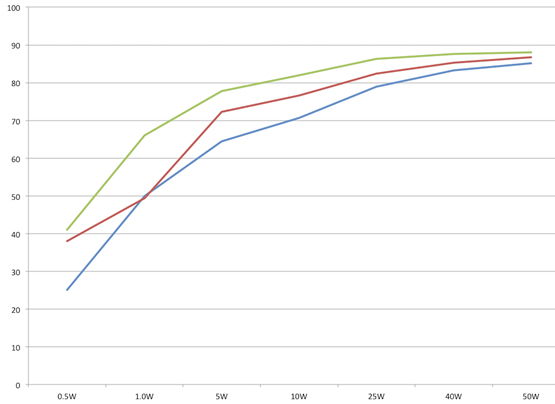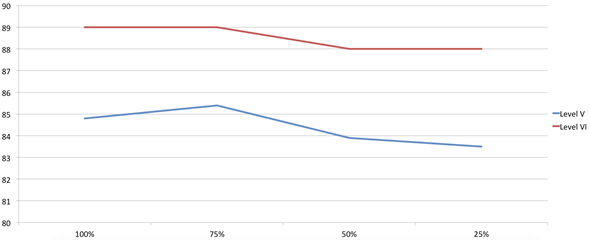The time to act is now!
A new and tougher power supply efficiency specification is coming into force to save energy and reduce greenhouse gas emissions. As Jeff Schnabel, VP of Marketing, CUI explains, OEMs must act now to ensure compliance by February 2016.
Market enthusiasm for new high-tech devices is undiminished and revenue is on the rise. Major contributors to this include continued growth in smartphone and notebook/netbook sales, along with 4K ultra-high definition televisions, connected home technologies and wearable devices.
On the other hand, governments are trying to limit demand for electrical energy, both to ensure grid stability and to combat climate change. As sales of high volume consumer electronics continue upwards, the squeeze on resources demands greater energy efficiency. A key concern has been the energy wasted when electrical devices are in standby modes.
Eco-design initiatives such as ENERGY STAR in the US and ErP in the EU have evolved to limit both the active and standby power of equipment.
The International Energy Efficiency Marking Protocol for External Power Supplies sets out limits on standby consumption and average efficiency for such adapters. Within this framework, the toughest specification in use today is Level V, which is currently only enforced in the EU. Things are about to change, however, as the US Department of Energy (DoE) has announced it will raise the bar to Level VI on 10th February 2016.

New specification, tougher targets
The new Level VI specifications demand higher average efficiency and lower no-load power consumption compared to current Level V power supplies. Figure 1 (above) compares the Level VI average efficiency specification for power supplies up to 50W against earlier Level IV and Level V specifications ((green = Level VI, red = Level V, blue = Level IV).
The new Level VI specification is also significantly more complex than previous generations. Several categories of power supplies are now defined, and new classifications will be regulated for the first time, including multi-voltage power supplies as well as single voltage power supplies over 250W.
The new specification also introduces a distinction between direct operation and indirect operation, and applies only to units intended for direct operation.
Some classes of direct power supplies are exempt from the need to comply with Level VI. These include devices that require FDA approval as a medical device in accordance with section 360c of title 21, and AC/DC power supplies with nameplate output voltage less than 3V, and nameplate output current greater than or equal to 1,000 milliamps that charges the battery of a product that is fully or primarily motor operated.
Changes under the skin
CUI began introducing Level VI compliant adapters in late 2014 to address the coming regulation. Some important design changes have been needed to satisfy the new, stricter targets, based on CUI’s established topologies. For units under 120W this is a flyback topology, while adapters over 120W use an LLC resonant topology.

To meet the tougher standards, low voltage/high current models now feature synchronous rectification in the secondary side. Replacing conventional rectifier diodes with low-RDS(ON) MOSFETs has eliminated diode losses resulting in a net saving when the power to run the associated MOSFET controller IC is taken into account. Figure 2 (above) compares the efficiency of equivalent Level V and Level VI power supplies, measured at 25%, 50%, 75% and 100% of full load (7.5V, 4A). Efficiency is improved at all levels, and particularly at lower loads.
In addition the latest controllers draw lower quiescent current than their predecessors, which helps towards meeting the aggressive Level VI no-load targets.
Careful management of Power-Factor Correction (PFC) circuitry is another feature of the new Level VI units. Although PFC is mandatory for power supplies rated at 90W or over, the circuitry can be disabled at lower loads. This eliminates significant energy losses, thereby helping to improve both the average efficiency and no-load consumption. Ripple noise can be slightly higher when the PFC circuitry is de-activated, but this should not be a problem for most applications.
Despite changes throughout the design, most of the new Level VI units retain the same case sizes and external appearance as the earlier models. On the other hand, greater average efficiency has helped to reduce typical working temperatures, resulting in an improvement in reliability.
The new Level VI efficiency standards for external power supplies are to be mandatory initially only in the US, but in practice will require OEMs worldwide to adjust their purchasing and supply chain arrangements. In any case, historical patterns suggest that other territories such as the EU are likely to adopt the Level VI specification themselves.











